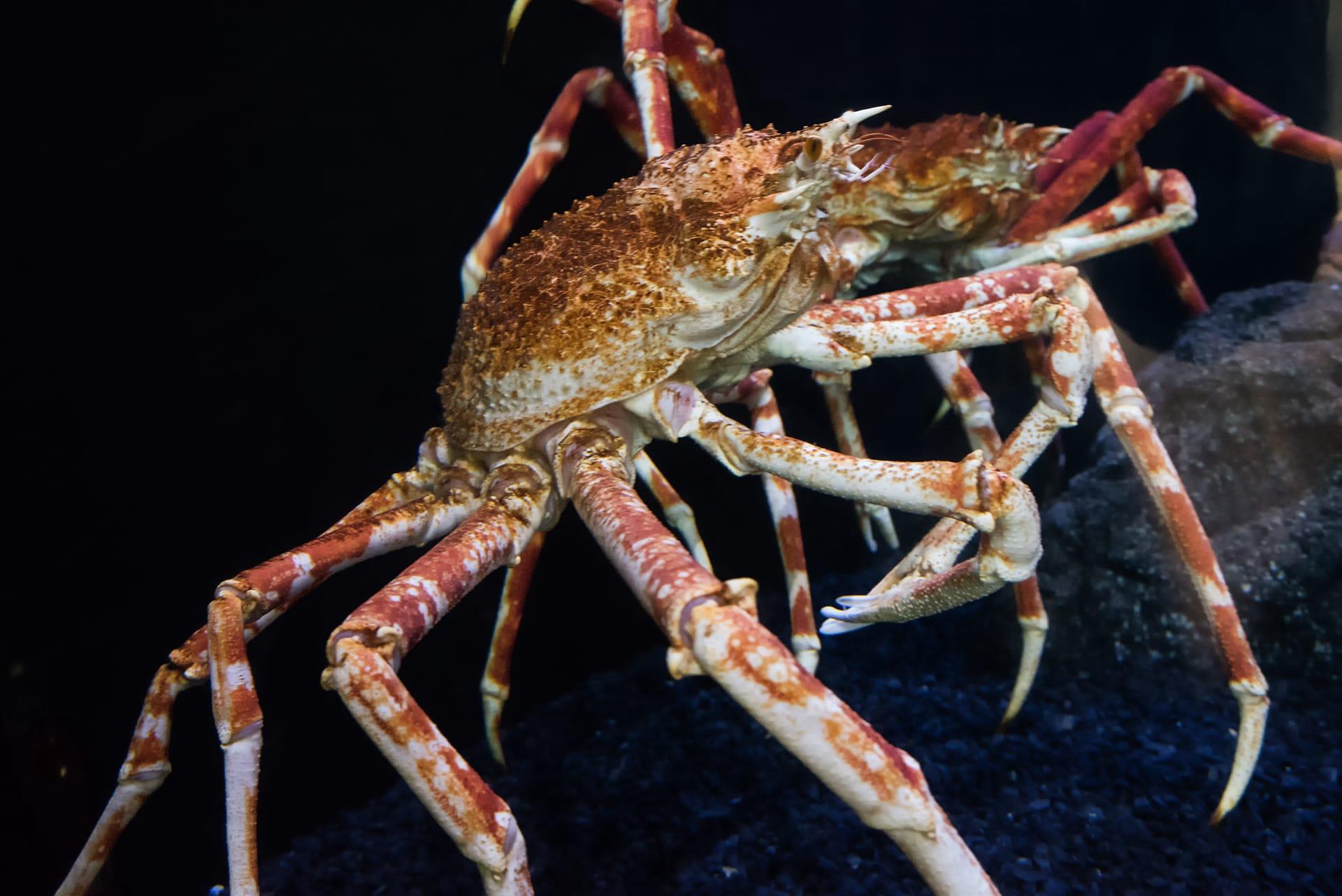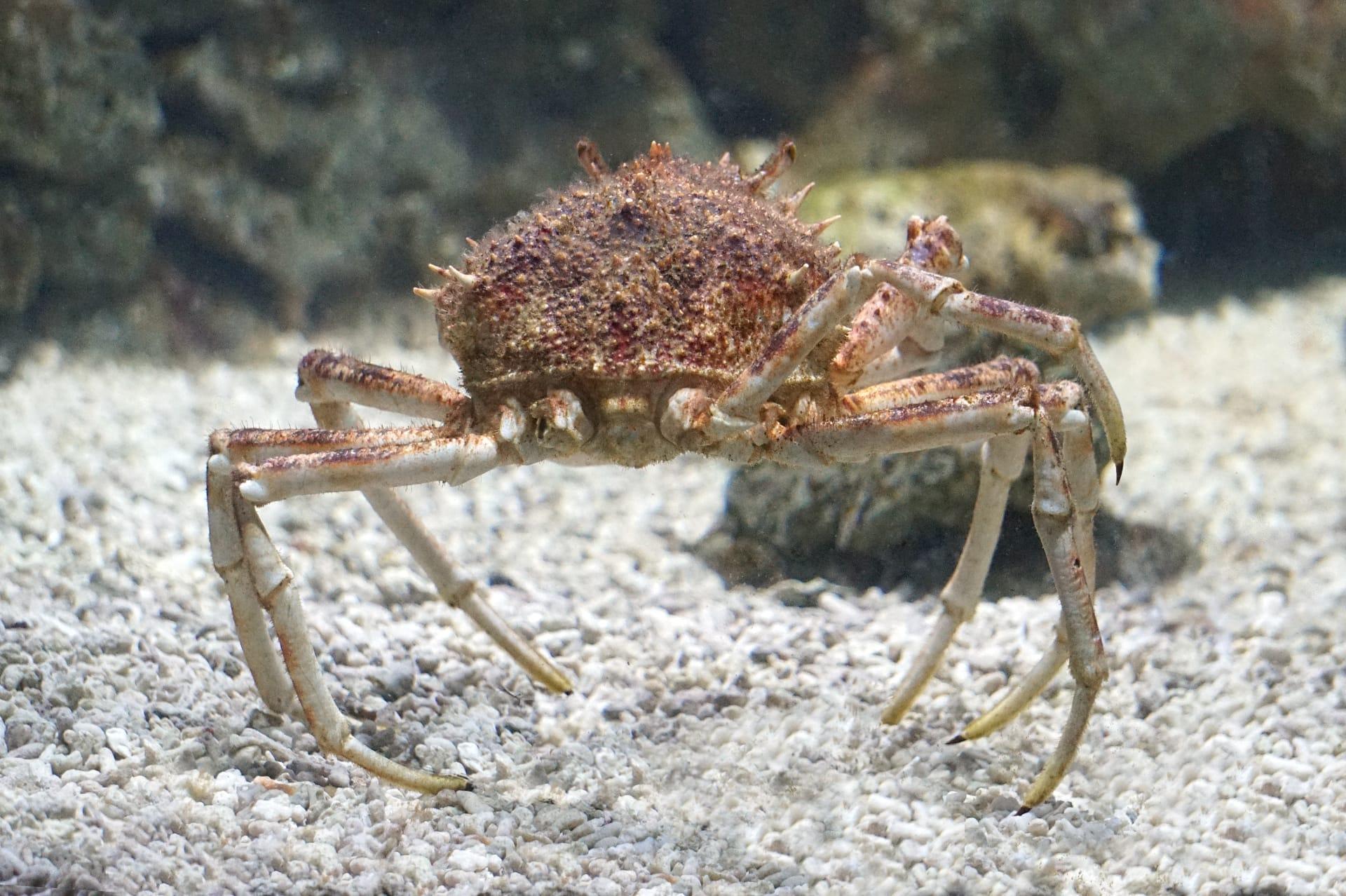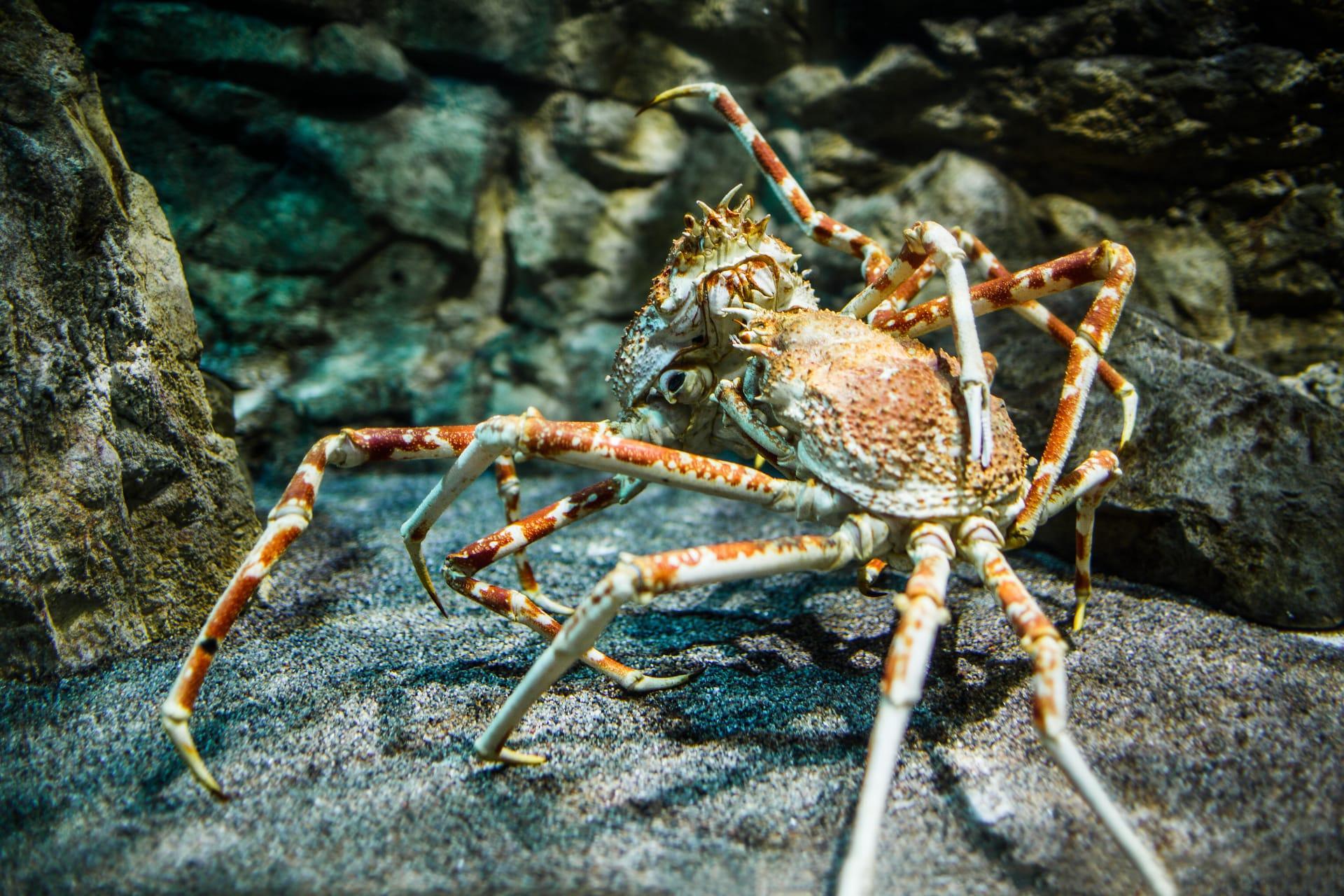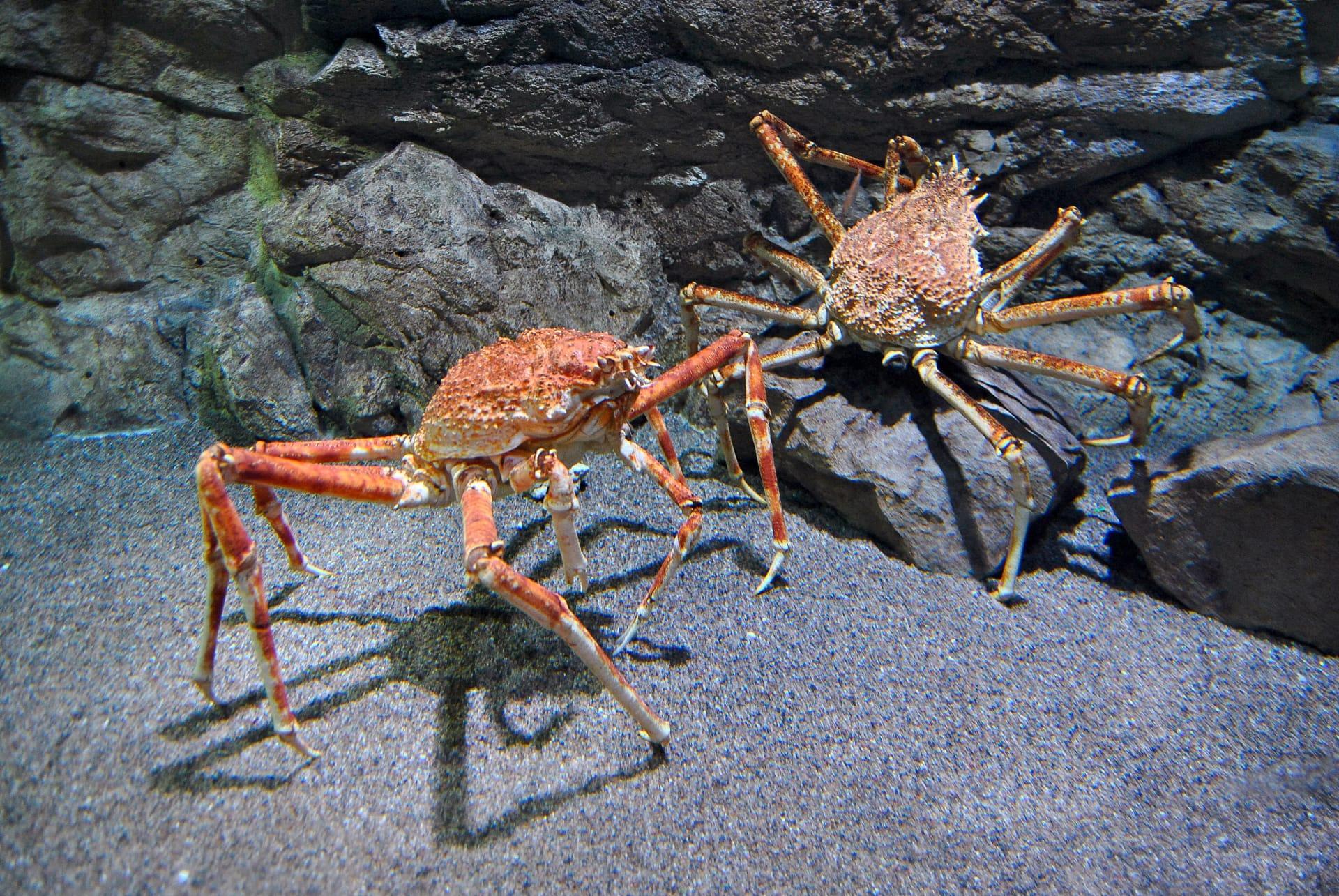Spider Crab Characteristics
- Home /
- Mini Encyclopedia /
- Animal /
- Spider Crab Characteristics
1
Spider crabs, with their intriguing appearance, captivate our attention. These crabs exhibit a remarkable body structure, characterized by long, spindly legs that can span up to 12 feet from claw to claw in the largest species, the Japanese spider crab. Their bodies, however, are much smaller in comparison, usually measuring only up to 16 inches across. Spider crabs have a unique feature: they can blend into their environment by attaching sedentary sea life like sponges and algae onto their shells. This camouflage not only protects them from predators but also makes them fascinating subjects of study.
One of the most distinctive organs of a spider crab is its antennae. Unlike other crabs, spider crabs have exceptionally long and sensitive antennae, which can be up to twice the length of their body. These antennae play a crucial role in their survival. They are equipped with sensors that help detect chemical signals in the water, enabling the crab to locate food sources, potential mates, and perceive threats. This heightened sense of smell is vital in the murky depths of the ocean where visibility is low.

2
Question: How do spider crabs protect themselves from predators?
Answer: Spider crabs employ a unique strategy for defense – camouflage. They have the ability to decorate their shells with elements from their surroundings like algae, sponges, and other sea life. This decoration serves a dual purpose: it makes them blend into the ocean floor, making it difficult for predators to spot them, and the attached organisms also provide an extra layer of armor. Additionally, their long legs can be intimidating to smaller predators, and they can use them to fend off attacks.

3
Spider crabs are known for their slow and deliberate movements. Their long legs give them a significant advantage in navigating the ocean floor, allowing them to cover larger areas while expending less energy. This adaptation is particularly beneficial in their search for food, as they scavenge the seabed. Despite their size, spider crabs are not agile swimmers and prefer to walk along the seabed.
In terms of feeding, spider crabs are opportunistic omnivores. They primarily feed on plant material, detritus, and decaying organic matter. However, they can also eat smaller animals, such as mollusks and small fish, if the opportunity arises. Their elongated pincers are not only useful in defense but also aid in tearing apart their food, making it easier to consume.

4
The habitat of spider crabs varies among species, but they are commonly found in cooler ocean waters. Many reside in the depths of the ocean, particularly on sandy or muddy bottoms. The Japanese spider crab, for instance, can be found at depths of up to 600 meters. These environments provide the crabs with ample food sources and opportunities for camouflage, crucial for their survival.
Reproduction in spider crabs involves the male depositing sperm into the female, who then carries the fertilized eggs under her abdomen until they hatch. The number of eggs carried can be substantial, often numbering in the thousands. After hatching, the larvae go through several planktonic stages before settling on the ocean floor and starting their benthic life. This life cycle contributes to their wide distribution in various oceanic environments.

5
Book: "The Secret Life of Crabs" by Jonathan Balcombe, published in the USA in 2010, delves into the fascinating world of crabs, including a detailed chapter on spider crabs. Balcombe, a marine biologist, provides insights into their behavior, physiology, and the unique ecological niche they occupy. The book's engaging narrative makes complex scientific concepts accessible to a general audience.
Book: "Ocean's Garden: The Underwater World of Crustaceans" by Sarah Allen, published in the UK in 2015, offers a comprehensive overview of various crustaceans, with a focus on spider crabs. Allen, an acclaimed environmental writer, combines scientific research with vivid descriptions, bringing to life the intricate relationships between these creatures and their habitats. The book highlights the importance of conservation efforts for marine life.